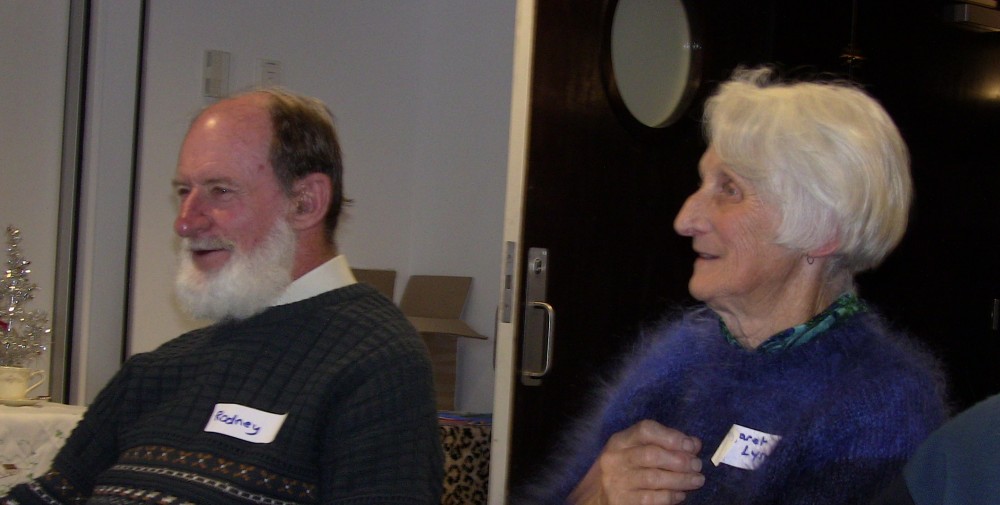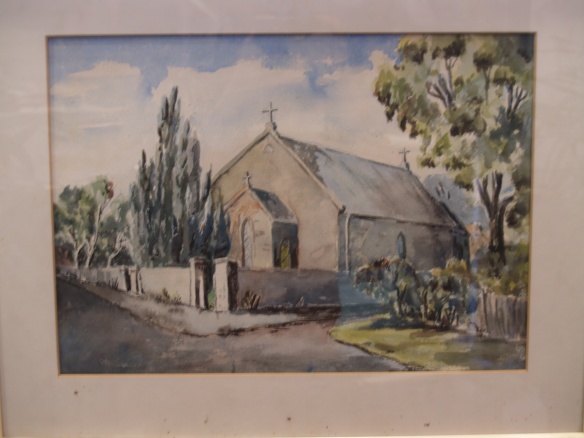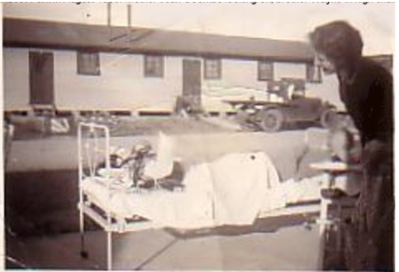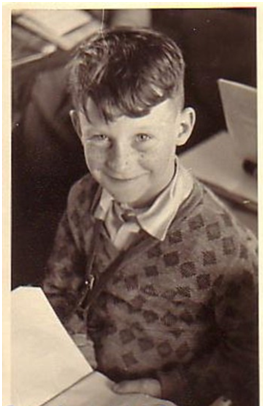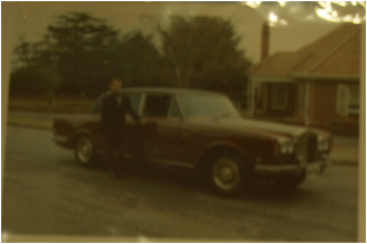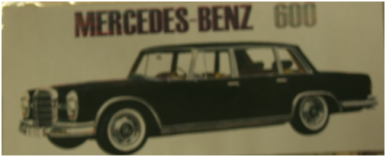My final conversation for the day was with Jill Burfield. Although Jill had not lived in Marion council specifically, she recalls Marion as it was when she was younger and shopped a lot in the area.
Jill’s mother gave birth to her in a private hospital in Rose Park in 1934 at the age of 30, which was considered old then to have kids. Money troubles had meant her mother didn’t have enough money to pay the doctor, which would have looked bad, so she saved her finances until the age of 30 when she could afford children.
Memories of ritual
Jill remembers getting dressed up on a Sunday to go for drives. On the way back she would sometimes go up Sturt road and past the vineyards that were on every side. She specifically recalls the gumtrees as part of the landscape. There were not many houses as it was mainly the vineyards that characterised the area and and as u looked up to Shepards Hill road you could just see the long dirt track rather than the paved roads and modern more modern structures standing there today.
Memories of place
An interesting building Jill recalled was the sanitorium for those with tuberculosis. Tuberculosis (TB) was quite common and there was also a plague Jill recalls that people contracted when they travelled overseas for a period of time. The sanitorium was where an oval near the Flinders hospital and university is now, and it had low buildings where people would stay, separate from the healthy community, until they felt better. Jill and I discussed the high rates of TB in the area and she mentioned that in the first world war people from different places were together and many may have contracted the illness there. The lack of sanitation and poor living conditions here wouldn’t have helped people back home suffering from the disease.
Memories of attitudes
In 1939, Jill’s younger sister was born. Her mother wasn’t feeling well (she probably went without food looking back on their economic situation at the time) and went into Memorial Hospital to give birth. At one point, she felt herself slipping and had enough wit to press the button for assistance. The nurse came in and gave her a dose of brandy- something you wouldn’t hear of doctors or nurses doing these days!
Jill’s mother had been a school teacher. She had to take time off work the moment her pregnancy started show to avoid any situations where children may ask questions. Jill laughed about how some were afraid to even share swimming locations in case they fell pregnant, illustrating the lack of sex education in those days.
As you couldn’t just go buy scones or cakes, Jill’s mother used to make them and have her friends around to fill time as a home mum. She would use her nice cups and mugs. Exchange systems were common among members of the community- ‘if you had some almonds, you would give some to your friends and they might give you some plums’, Jill explained.
Without much money and a lot of time on your hands as a stay at home mum, many women were able to take their knitting, get the bus to the welfare club and knit as they sat. Most people couldn’t afford to buy jumpers and other clothes, so they would sit and knit (and a few people could sew as well!). Women weren’t expected to work, it was all about when you were going to get pregnant. Jill was and is a strong feminist. She finished year 11, went into the work force as a teacher when everyone was expected to get married and have children. Her father had to work at 14 years of age as his father died young, and he encouraged Jill to go to uni perhaps as he saw the value of work and income.
Jill went on to have three children and went to university in the 1970s, despite growing up in an era where women were expected to get to year 10, leave, get married and have three or four kids. In those days, education for women were superfluous to their roles as home makers and mothers.
Her 21st birthday party
With a clear strength about her which challenged social conventions and expectations of her time, Jill’s 21st birthday story is one that would shock many of the ladies in the 1950s.
Jill told the story of her 21st, which involved crayfish for dinner and some sandwiches at home before heading to the Palais, which was where dancing occurred in the evenings. People would dress up; the ladies donning frocks and getting their hair done up, and the boys in their suits. The dress code was much more formal than these days where you can ‘be yourself now’.
At her 21st party, Jill was seeing not one, not two, but three lads at the time- including one she was to marry who was a friend of her parents, another boy from a teachers college she competed with academically and the son of a police man from Tailem Bend! And they all showed up to her 21st, unaware of the others, from what I could understand. Not many details were divulged on how the night progressed, but given Jill’s loveable cheekiness and magnetic humour, I’m sure she smoothed things over with a charming smile.
Jill painted a mental picture of a past with strictly gendered conventions and expectations. Women and men were born with specific social roles and were expected to maintain those roles throughout their lives. Despite this, it was also a time of relationships. Where people would share what they possessed with one another, to help through the hardships of war-time and post-war life. Thank you Jill, for ending the day with some laughter.
